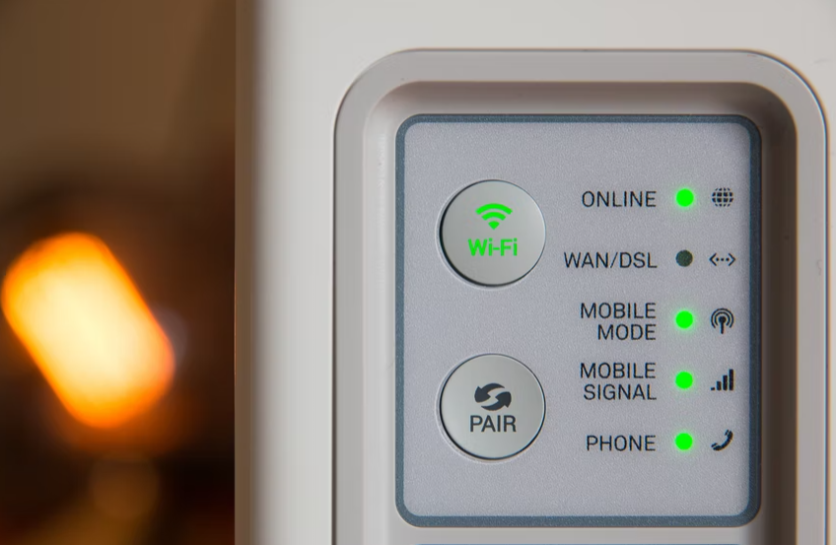No one has probably ever imagined that a WiFi signal could be used to read something behind a wall. However, this is not the case for a team of researchers who were able to trace objects from the other side of the wall using WiFi.
The researchers, hailing from the University of California, Santa Barbara, developed a "WiFi imaging" method for different objects, centering on cut-out letters from the English alphabet. This is a game changer for WiFi technology, but it would not be possible to spy on a neighbor.

WiFi Can Read Through Walls Via New Method
In a press release, the researchers used the technique to read through walls with WiFi, centering on high-quality images of objects.
According to the team, this is their take on Joseph Keller's Geometrical Theory of Diffraction (GTD), referred to as a Keller cone, stepping up on the challenge of imaging or reading through walls with WiFi.
"Imaging still scenery with WiFi is considerably challenging due to the lack of motion," said Yasamani Mostofi, a UC Santa Barbara professor of electrical and computer engineering.
"We have then taken a completely different approach to tackle this challenging problem by focusing on tracing the edges of the objects instead," she added.
The team centered their experiment on cutouts of various letters that make up the word "BELIEVE" and imaged several other objects as well, even from the opposite side. It only shows that they can capture details previously not possible with WiFi.
'Wiffraction' Enables WiFi Imaging
The researchers developed " Wiffraction" from the GTD, a method that enabled them to complete their experiment on tracing the edges of still objects with WiFi.
"We then develop a mathematical framework that uses these conic footprints as signatures to infer the orientation of the edges, thus creating an edge map of the scene," Mostofi noted.
WiFi Technology Now
Many things are done over WiFi, and one of the most important features it brings is an internet connection that allows people to browse the web or go online on the many apps they have.
The next generation standard in WiFi technology is the WiFi 6, providing better connections and strength. However, WiFi 7 was recently launched for the home network. Besides providing wireless internet connections, WiFi has been used in other fields, especially for science and technological advancements.
Researchers now have harnessed the power of artificial intelligence and WiFi to observe people through walls, citing that this is the "low-cost" version of using cameras and LiDARs for checking on forms and motion.
WiFi is powerful, and more improvements are expected for better use in the future. UC Santa Barbara researchers have already used it for reading behind the walls. They noted that this interaction is limited to visibly sharp edges and applies to a broader set of surfaces with a small enough curve.
Related Article : How to Stop Android WiFi Hotspot From Automatically Turning Off: Here's Why It Happens, Methods to Try

ⓒ 2025 TECHTIMES.com All rights reserved. Do not reproduce without permission.

![Best iPads that Students Can Use in School [2025]](https://d.techtimes.com/en/full/461431/best-ipads-that-students-can-use-school-2025.jpg?w=184&h=103&f=516289300e12e9647ef3d5bd69f49b70)


